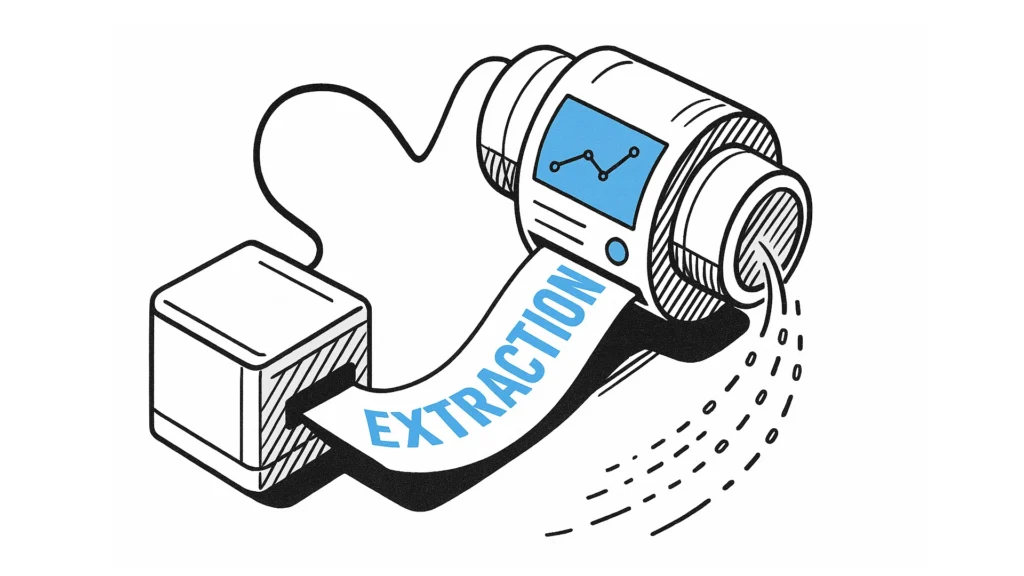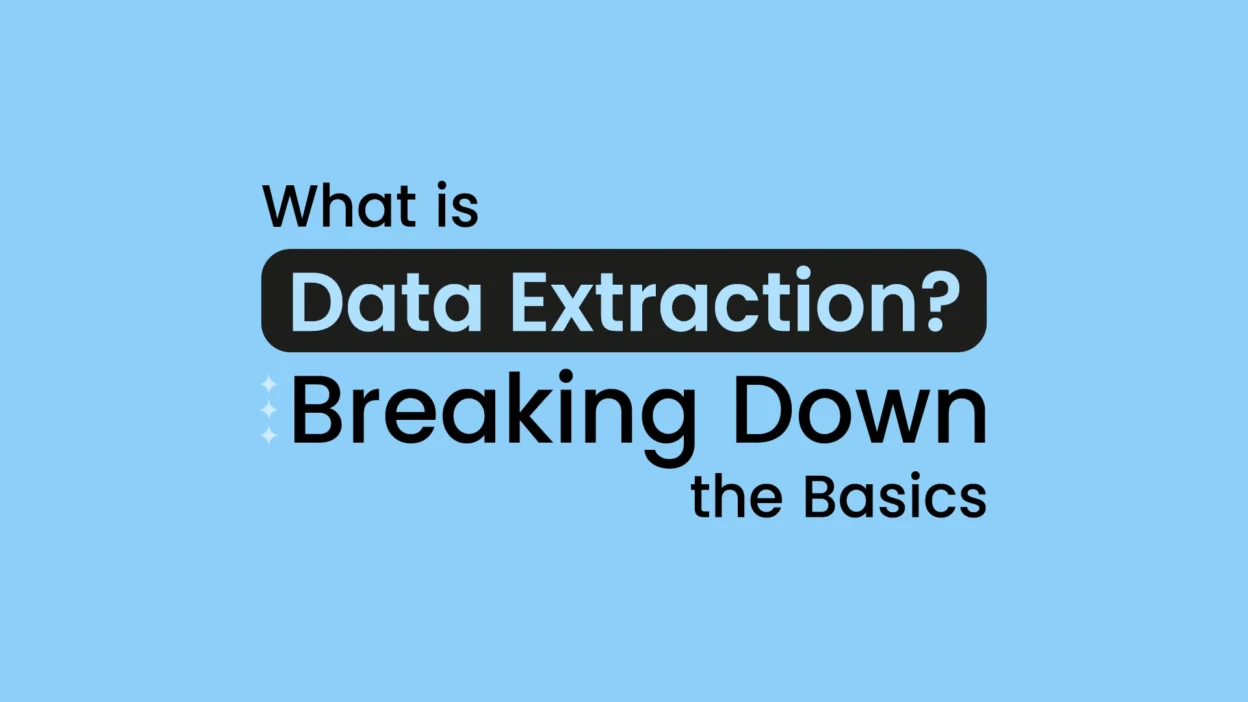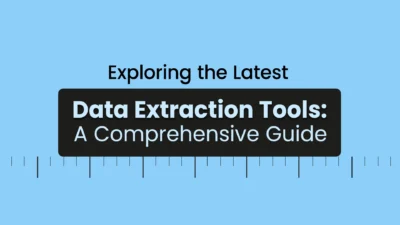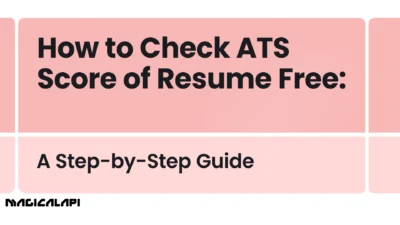During an era where decisions are made with data, it becomes imperative for businesses and people to know “what is data extraction” and “What are data extraction techniques.” Data extraction is the process of retrieving and preparing data from any source, whether structured or unstructured, for use in analysis or otherwise.
From improving customer experiences to streamlining marketing campaigns, data extraction cannot be overstated. This blog will guide you through the basics of data extraction, its methods, benefits, and its place in today’s workflows.
Table of Contents
What is Data Extraction?
So, what is data extraction, anyway? Data extraction meaning: At its core, it’s the process of pulling specific info out of a messy pile of data like finding the juiciest bits in a mountain of text, images, or files. Imagine you are digging through a cluttered attic to find your favorite old comic books. Data extraction has that same vibe, but instead of dusty boxes, you are sifting through websites, PDFs, databases, or even social media posts to grab what matters.
Data extraction can be performed manually, for instance, by downloading and compiling data from multiple files, or automatically through specialized software tools and scripts. Automation is especially valuable for organizations that handle large volumes of data or require real-time updates from multiple sources.
It is less a matter of gathering garbage, though. It is a matter of taking valuable information, like names, numbers, dates, or trends, and making something of it. Companies use this data to drive marketing campaigns, scientists use it to identify patterns, and ultimately, it’s how we interpret the digital static. Whether you’re learning to code or leveraging automated software, advanced tools such as the LinkedIn Company Scraper enable you to transform raw information into gold.
LinkedIn Company Scraper - Company Data
Discover everything you need to know about LinkedIn Company Scraper , including its features, benefits, and the various options available to streamline data extraction for your business needs.
Why Data Extraction Matters
Effective data extraction is critical for data-driven decision-making. It enables organizations to consolidate information from multiple systems, uncover insights, and make informed choices based on accurate and timely data. With automation and modern extraction tools, companies can improve efficiency, scalability, and data reliability, paving the way for deeper analytics and better strategic outcomes.
The Data Extraction Process
Alright, now that we have the what, let’s get into the how-to. The data extraction process isn’t some dark, ominous black box; it’s a series of steps that are as simple or as wild as you make them. Let me illustrate: you have a
1- Identify and Access Data Sources
The process begins by identifying where the data resides. This may include structured sources (such as SQL databases), semi-structured sources (like JSON files or APIs), and unstructured sources (like PDFs, emails, or websites). Once identified, a secure connection is established to these data sources.
2- Retrieve the Data
After connecting to the sources, the system extracts the required data. Retrieval can be done through various techniques:
- Running SQL queries against databases
- Using APIs to pull data from applications or services
- Implementing web scraping or crawling to gather data from online content
- Extracting data from flat files, XML, CSV, or spreadsheets
3- Store Data Temporarily (Staging Area)
Extracted data is often placed in a staging area—a temporary storage location used for initial validation and quality checks. Here, data is examined for accuracy, completeness, and format consistency before it is transformed or loaded into the final system.
4- Handle Data Updates and Changes
Depending on how often the source data changes, different extraction methods are used:
- Full Extraction: All available data is extracted each time, regardless of whether it has changed. This is straightforward but can be time-consuming.
- Incremental Extraction: Only the new or modified records since the last extraction are retrieved. This method improves efficiency and minimizes load times.
5- Automate the Workflow
Automation tools such as Apache NiFi, Talend, Alteryx, Informatica, or custom Python scripts are commonly used to streamline data extraction. These tools can schedule extraction tasks, handle errors, and ensure continuous data flow with minimal human intervention. massive PDF of customer feedback, and you want to pull out every mention of “great service.” Here is the way it normally goes down:
- It’s similar to story writing: you start with a draft (the raw data), pull out the key plot points (extraction), and shape it into something interesting. That is the beauty of data extraction methods. They are flexible enough to fit whatever you’re working with.
Data Extraction and ETL
So, now that you have hung out with data geeks long enough, you have probably heard about ETL. It stands for Extract, Transform, Load, and it’s like data extraction’s more mature, more formal sibling. With ETL, extraction is just the first step. Extracting the data before you transform it (like formatting or crunching the numbers) and load it into a system like a data warehouse.
This is the trick: data extraction is the star of the show in ETL. Without it, you can’t transform or load. Suppose you’re a marketer pulling customer information out of a CRM. Extraction gives you the raw email and names, transformation cleans them up or splits them out by region, and loading puts them in your email system. Boom! campaign ready!
Data Extraction without ETL
But hold on, not all extraction work needs the full ETL treatment. Sometimes you just need the data, no frills. That is what data extraction without ETL is all about. Maybe you are a small business owner web-scraping competitor prices off of a website. You don’t need a high-faulting warehouse; you just want a quick list to compare. That is extraction in its simplest definition: quick, lean, and to the point.
Consider it as taking a snack compared to preparing a three-course meal. ETL is the meal. Organized and comprehensive. Standalone extraction? That’s your on-the-go handful of trail mix.
Read More: What Is Information Extraction?
Exploring the Latest Data Extraction Tools
In today’s data-driven world, businesses rely on timely, accurate, and well-structured information to make strategic decisions. However, with the massive amount of data scattered across multiple sources, websites, databases, APIs, and documents, manual collection is no longer practical. This is where data extraction tools come in, transforming raw, unstructured information into usable insights with speed and precision.
LinkedIn Profile Scraper - Profile Data
Discover everything you need to know about LinkedIn Profile Scraper , including its features, benefits, and the different options available to help you extract valuable professional data efficiently.
Benefits of Using an Extraction Tool
Okay, let’s talk about tools. Why automated data extraction versus manual extraction? The reason is simple: it’s a revolution. Here is why we are so in love with extraction tools, and maybe you will be too:
- Speed: What takes hours by hand, for example copying data from 100 sites, takes minutes with a tool.
- Accuracy: Humans mess up. Tools? They are reliable, pulling exactly what you tell them to.
- Scale: Need data from 1,000 sources? You will not get it without automation.
- Creativity Unleashed: With the heavy lifting done, you can use your energy for the good stuff, such as reading trends or crafting murder stories.
We all have seen marketers use tools to dig through social media to read customer sentiment, then re-package it into campaigns that crush like a freight train. That’s the magic of having technology do the heavy lifting.
Data Extraction Methods (data extraction techniques)

So how do you get the data out? There is a whole set of data extraction techniques out there, and they are as varied as your Examples of Data Extraction playlist. Here is the scoop on the big players:
- Web Scraping: Collecting product names, descriptions, prices, and user reviews from e-commerce sites to track market trends.
- Database Querying: Pulling customer details or sales records from internal databases to generate business intelligence reports.
- Log File Analysis: Extracting key metrics and error information from server or application logs to monitor system performance.
- Financial Data Extraction: Gathering transactional data from ERP or accounting systems to support budgeting and forecasting.
- Social Media Extraction: Pulling engagement data, comments, or hashtags from platforms like Twitter or LinkedIn for sentiment analysis.
- Document Mining: Using OCR (Optical Character Recognition) to extract text from scanned documents, PDFs, or images for digital archiving.
There’s a different feel to each approach. Web scraping is wild and creative, a treasure hunt on the web. APIs are tidy and organized, like placing an order for takeout. Mash up what works best for you. It’s all about finding the right rhythm for your data dance.
Data Extraction in Motion
Here is where it gets fun: what is data extraction in motion. This isn’t just about static files, it is data moving in real-time. Think streaming analytics or live feeds. Imagine you are tracking mentions of your brand on X as they happen, pulling keywords and sentiment on the fly. That is extraction with a pulse.
This is next-generation tooling, think Apache Kafka or cloud infrastructure that handles data in stream. For marketers, it’s a goldmine. You can spot a trend, cash in the best and change your story before the internet’s even buzzed out. It’s a roll of the dice, but it’s shifting the game in the way we play.
Read More: How Do I Extract Data From Linkedin?
The Future of Data Extraction
Alright, let’s dream for a moment. Where is data extraction headed? Spoiler alert: it’s wild. With machine learning and AI in the mix, we are not only looking at tools that extract but we are going to see tools that think. Think about this: an AI that scans a dirty webpage, knows what is important without you having to give it rules, and gives you structured data like a gift.
And then automation. Automated data extraction is already massive, but it’s about to blow up. Picture tools that learn your habits, predict what you will need, and snatch it before you even think to ask. And don’t count out data scraping techniques. Those are getting sneakier and smarter, bypassing blockers like experts.
The future is also about accessibility. Extraction is not just for coders anymore; marketers, storytellers, and small business owners are jumping in with no-code platforms. It is democratizing data, and I am here for it. The stories we will tell with this power? Endless.
What Data Extraction is?
And there you have it. What is data extraction, and data extraction techniques in all their glory? It is the art of pulling needles from digital haystacks, gasoline for killer marketing, and a sneak peek at how we will ride tomorrow is a data tidal wave. Whether you are a tech genius or a creative rockstar, data extraction has something for you. It is fast, it is nimble, and with the right tools, it is a storytelling superpower.
Next time you are sifting through data, whether it is customer feedback, competitor moves, or X trends, think about how extraction can light the way.
FAQs for Data Extraction Techniques
1. What is the difference between data extraction and data mining?
Data extraction is about pulling specific info from a source like grabbing names from a list. Data mining digs deeper, analyzing patterns and insights within that data, like spotting buying trends. Extraction is the first step; mining is the treasure hunt.
2. Can I use data extraction for marketing?
Absolutely! Marketers use it to scrape competitor prices, track social sentiment, or build customer lists. It is like having a crystal ball for your next campaign.
3. Are there free data extraction tools?
Yes! Tools like Beautiful Soup (for coders) or no-code options like ParseHub can get you started without breaking the bank. Just depends on how hands-on you wanna get.
4. Is web scraping legal?
It depends. Public data is usually fair game, but scraping private or copyrighted stuff can land you in hot water. Always check the site’s terms and local laws. Better safe than sued!
5. How does automated data extraction save time?
Imagine copying 500 product descriptions by hand versus letting a tool do it in 5 minutes. Automation is like hiring a super-speedy assistant who never sleeps.





